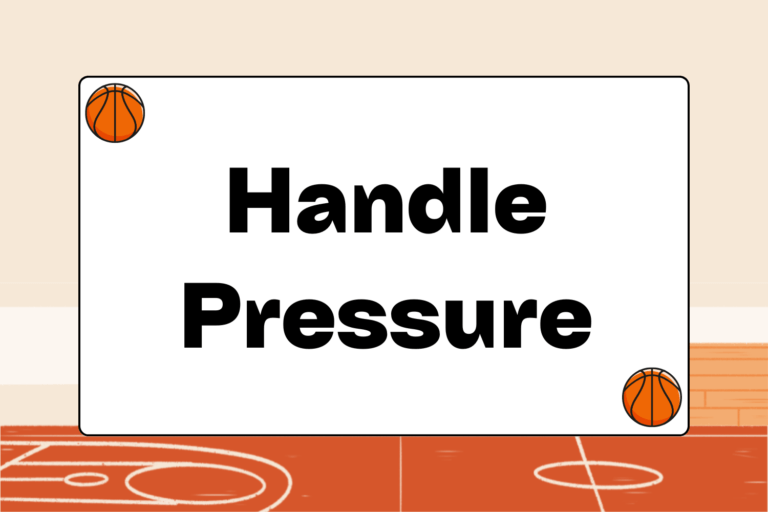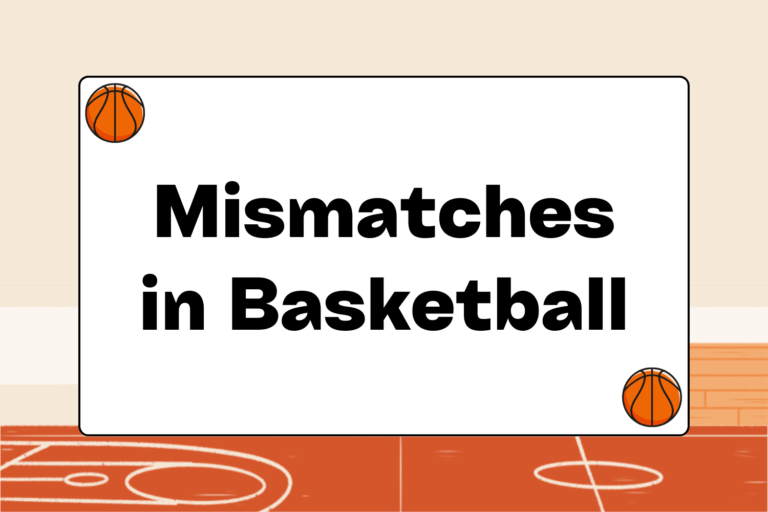Inbounds plays in basketball present the offensive team with a great opportunity to create an easy scoring chance. They’re especially important at the intermediate level, where getting all five players to work together on offense can be a challenge.
Whether they’re taken from under the basket or along the sideline, inbounds plays offer many advantages to an offensive team. A good inbounds play:
- Forces the defense to make quick decisions about who to guard
- Can catch the opposing team off balance
- Helps get offensive players in a rhythm
- Can lead to quick baskets, as well as halt the other team’s momentum
Running a designed play is especially important when inbounding the ball from under the opponent’s basket, where most offense is designed to get the ball. This guide demonstrates the keys to running effective inbounds plays, and features three easy-to-learn plays that any team can use to score points from an inbounds pass.
Keys to All Inbounds Plays
If an inbounds play isn’t working, it’s usually because the execution is sloppy, or players are having difficulty understanding how it works. Inbounds plays start with five simple commandments that must always be followed in order to work:
- Set solid screens: Setting screens should be a fundamental part of every team’s offense, and inbounds plays are no exception. Most plays require firm screens, with feet planted and shoulders square, to free a cutter.
- Players leave at same time: It starts with the passer and ends with practice. The player inbounding the ball signals the start of the play with a slap of the ball immediately after receiving it from the ref, unless a player isn’t set. Every player should start moving immediately after the signal.
- Everyone must be on the same page: One little misstep can throw off the entire play. It’s crucial that all players know their specific roles, as well as the purpose each maneuver serves.
- Good communication: The play must be called out clearly, either by the inbounder or by the coach. The inbounder must make eye contact with each player to be sure they’re ready, and look for any confusion by any of his four teammates.
- Wealth of rehearsal: Above all else, inbounds plays must be practiced until they become second-nature. If time is a challenge in practice, coaches should limit the number of plays until every player has mastered them. Then, slowly expand the playbook.
Nearly every inbounds play involves passing to an open cutter after he sheds his defender, usually with the aid of a screen. The pass should be crisp, and made immediately after the cutter turns to face the ball while sealing off his defender. The outcome of many inbounds plays hinges on the timing of the pass.
Hot Tip: Pick a Good Passer
Making the pass on an inbounds play is a very underrated skill. Coaches should be sure to pick a good passer and communicator, and let this player be the trigger man on all inbounds plays.
Double Stack from the Wing
This classic inbounds play works well when inbounding from the sideline in the offensive zone. Two players (Players A and B) should line up next to each other along the sideline ten feet from the passer and facing him, while the other two (Players C and D) line up at the top of the key, between the elbows. Here’s how the play is run:
- Player B sets a screen for Player A: Player A rubs off his man and sprints parallel to the sideline toward the basket. The inbounder hits A with a clean pass in stride.
- Player A attacks the basket from the baseline: If A has a clean path to the basket, he should take it. At the same time, Player C flashes to the top of the key and faces the basket, while Player D steps to the opposite baseline and faces the ball-handler.
- Player A dishes to Player C if C’s defender stops the dribble: C will have an open path to the basket unless D’s defender slides over to stop him. C should then pass to a wide open D for the layup.
Ideally, Player A is the point guard or a good decision-maker with the ball, while C and D are competent finishers around the rim. Mix up the players and set solid screens to make it work more than once in a game.
Stack Under the Basket
Many great inbounds plays start with all four players lining up in a straight line perpendicular to the sideline (or baseline, if it takes place under the hoop). This confuses defensive assignments by setting quick screens that force defenders decide quickly who to cover.
In this play that occurs beneath the basket, the four players line up in a row along the same side of the lane as the inbounder. The player nearest to the inbounder is Player A, with Players B, C, and D lined up in order behind A. Each faces the inbounder:
- Players A and B flash to the corner: Quick cuts will force their defenders to follow them away from the inbounder.
- Player C sets a screen for Player D: D should rub his defender and flash to the inbounder, into the space vacated by A and B. If C’s defender doesn’t follow D, he will be open for a layup.
- Player C flashes to the opposite elbow: C should be open if his defender has followed D to the basket. After receiving the pass, C has the option of shooting or passing back to the inbounder, who should quickly flash beneath the basket to look for a return pass.
This is a great play for younger teams, because it requires only basic movement and is easy to master.
Under the Basket Screen
In this play, Player A lines up just outside of the elbow on the same side as the inbounder, while Player B lines up at the top of the key. Players C and D begin beyond the three-point arc on the weak side of the court.
- Player B sets a screen for Player A: B should slide over and screen A’s defender at the elbow, springing A for a sharp cut behind B and through the lane to the basket. If B’s defender doesn’t follow A, A will be open for a layup.
- Player B turns and faces to the inbounder: If B’s defender has followed A’s cut to defend the basket, B should seal A’s defender (whom he just screened). B will then have an open path to the basket.
Like most inbounds plays, this play requires the inbounder to read the defense to see how they react to the initial screen. The inbounder has to be able to find the open man and make a clean pass.
Timing is Key
The ultimate challenge for inbounds plays is timing. All players have to work together, meaning they must start at the same time and know what each player is going to do. When an inbounds play is executed correctly, the opposing players have no idea what’s coming, which provides a huge advantage for the offense.





